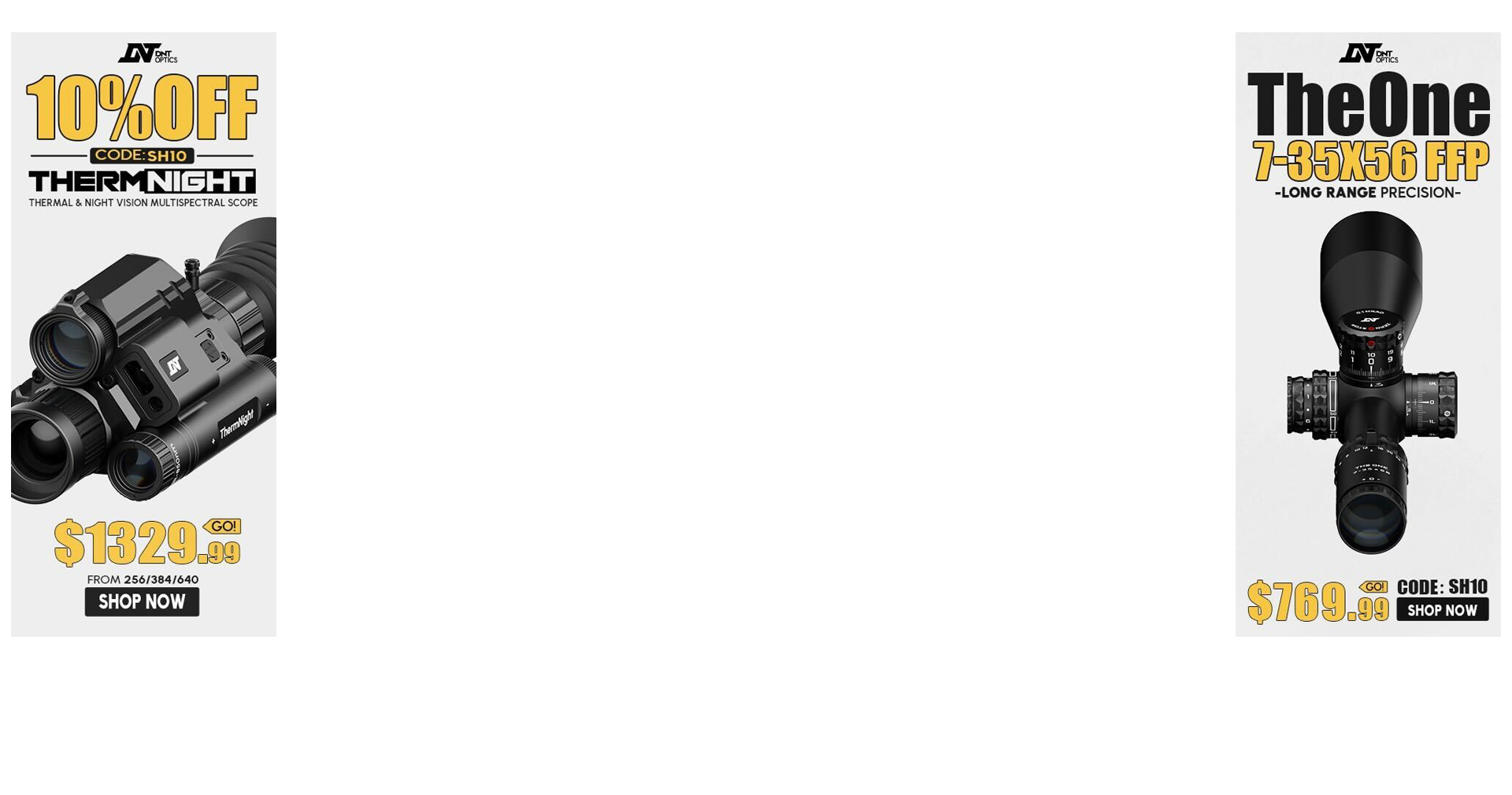So I resized about a hundred or so M118LR brass. They mostly come out of my chamber at 1.626" give or take. I try to set Redding FL resizing die to head space at 1.623". However, I tend to get outliers. I will get two or three that end up as short as 1.620" and some that still measure 1.626".
These troublesome longer ones I run up and down and measure and they stubbornly stay at 1.626". I can usually handle them by ramming the handle down quickly and slamming a couple thou off them. I can only think of a couple things that would cause this. Its got to be either a burr or imperfection on the unsupported middle of the head or the shoulder angle is.... off as in a dent or curve in it causing it to not set back at the 400 datum line of my Hornady headspace gauge????
So a couple question that I am basically asking as I am fairly new to reloading.
1st ?: once die it set, snugged tightened set, and not adjusted. Is it normal to get outliers ranging from 1.621" to 1.626"?
2nd ?: anything I can do to reduce that variance?
3rd ?: Once FL resized I have case OAL ranging from 2.002" to 2.015" on the ones I have measured so far? What do I do with these shorter ones?
I realize these may be rhetorical ?'s I am just trying to get some edification here. 5 or 6 thou seems wierd.
These troublesome longer ones I run up and down and measure and they stubbornly stay at 1.626". I can usually handle them by ramming the handle down quickly and slamming a couple thou off them. I can only think of a couple things that would cause this. Its got to be either a burr or imperfection on the unsupported middle of the head or the shoulder angle is.... off as in a dent or curve in it causing it to not set back at the 400 datum line of my Hornady headspace gauge????
So a couple question that I am basically asking as I am fairly new to reloading.
1st ?: once die it set, snugged tightened set, and not adjusted. Is it normal to get outliers ranging from 1.621" to 1.626"?
2nd ?: anything I can do to reduce that variance?
3rd ?: Once FL resized I have case OAL ranging from 2.002" to 2.015" on the ones I have measured so far? What do I do with these shorter ones?
I realize these may be rhetorical ?'s I am just trying to get some edification here. 5 or 6 thou seems wierd.
Last edited:

